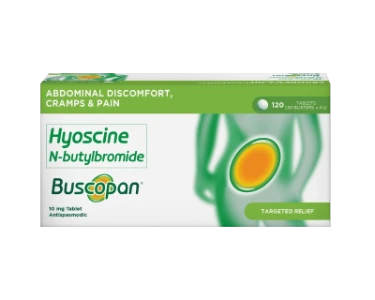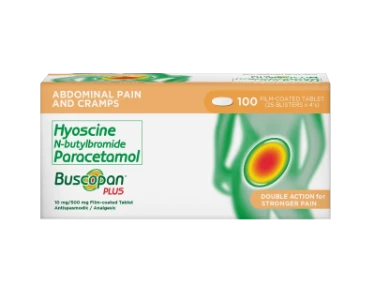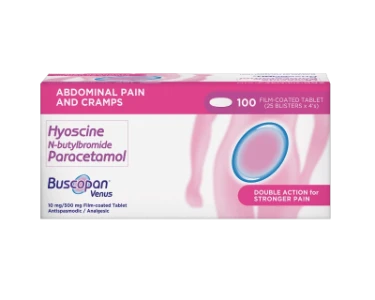Menstrual cramps can make even simple tasks a challenge, but they don’t have to take away your comfort or peace of mind every month. There’s no magic button to make them disappear, but with the right tools, relief is within reach.
Start with something simple: a warm compress on your lower abdomen. It may seem basic, but that warmth can work wonders, gently relaxing the muscles responsible for those annoying cramps. And, while it might be tempting to curl up in bed all day, moving a little can help, even when the last thing you feel like doing is exercising. Gentle stretches or a short walk can release endorphins, your body’s natural “feel-good” hormones, which can actually make a difference in how you feel.
Your diet also plays a vital role in how your body handles this time of the month. Loading up on foods rich in magnesium, like spinach, almonds, and dark chocolate (yes, chocolate!), can naturally relax your muscles and reduce cramping. Staying hydrated and cutting back on salty, sugary, or caffeinated foods also helps—you might be surprised how much lighter you feel by making these small shifts.
It’s all about listening to your body and making mindful adjustments. Some days, it’s warm compresses and self-care; other days, it’s light movement and nourishing your body with the right foods. Whatever you do, remember that these changes add up, helping you reclaim your comfort and regain control, even on those tough days. And above all, never forget that Hyoscine-n-butylbromide plus Paracetamol (Buscopan® Venus) is available to manage menstrual cramps. Buscopan® Venus is inspired by nature and tailored to relieve period pain. That's why it can be your ally for your menstrual cramps.
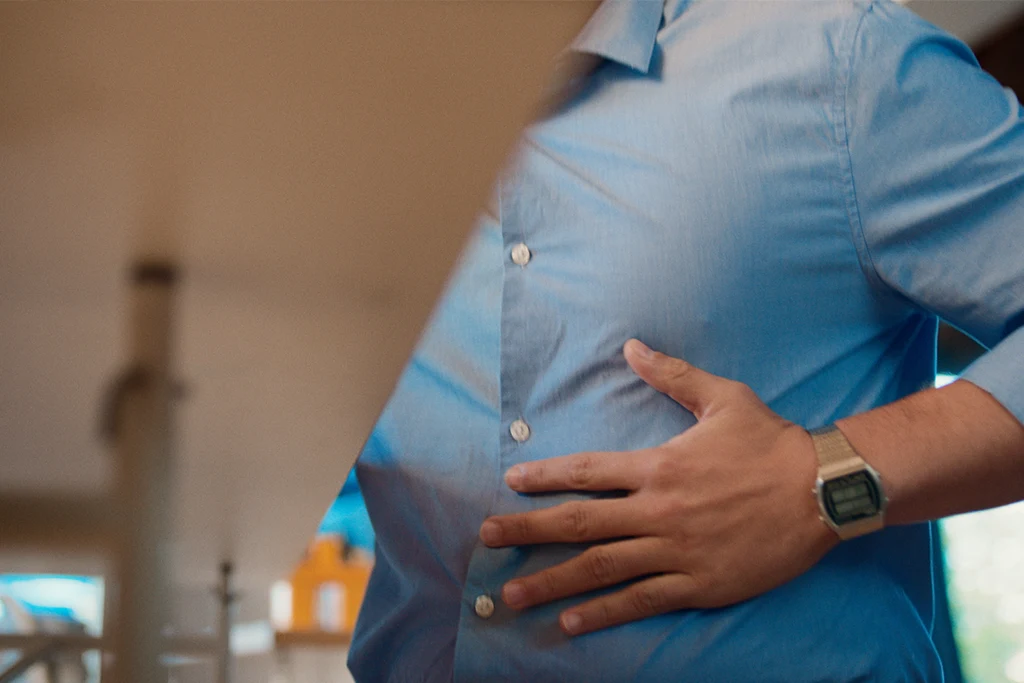


.webp 0w)
.webp 0w)

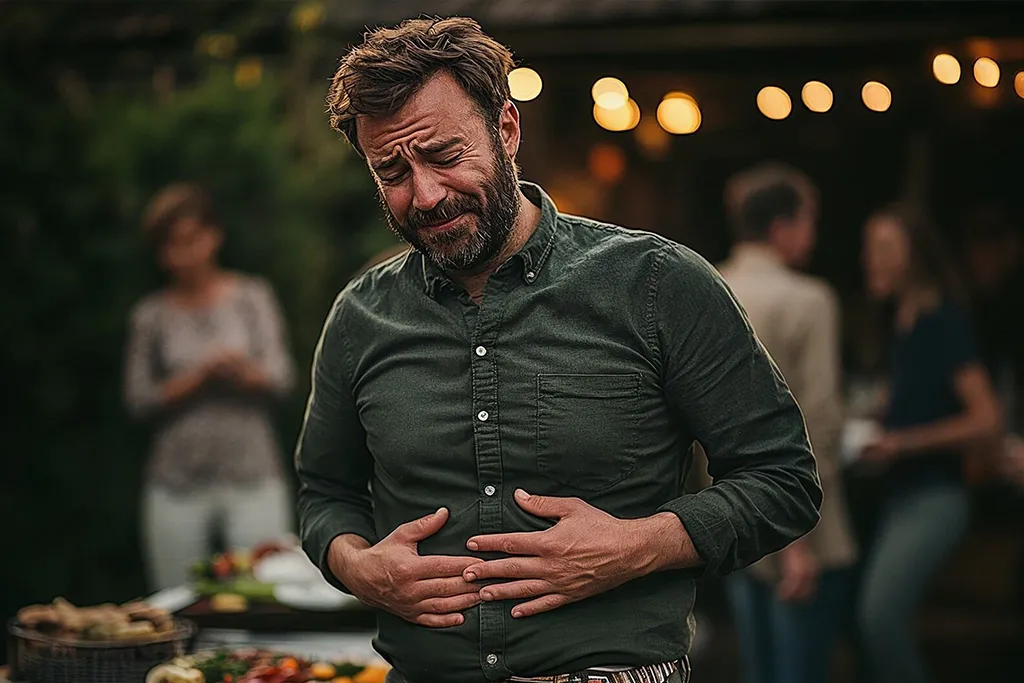


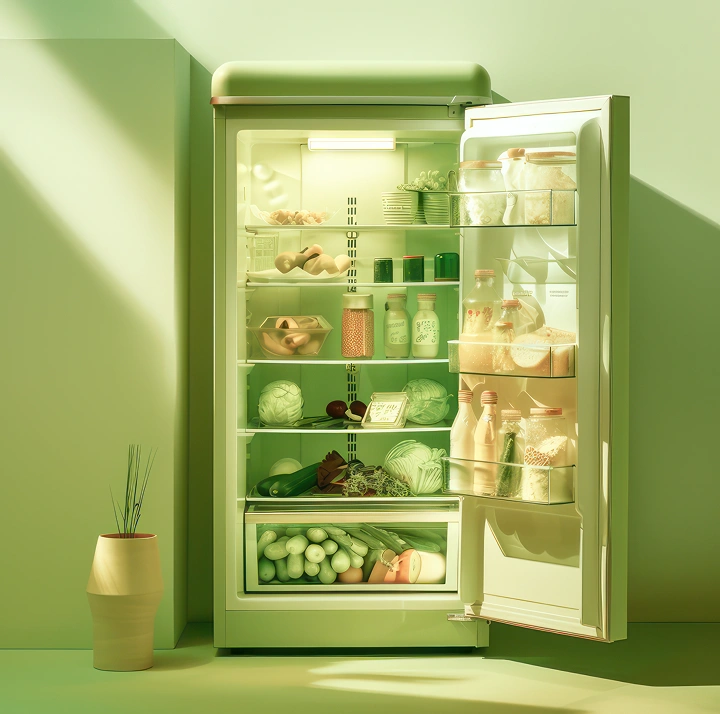
.webp)




